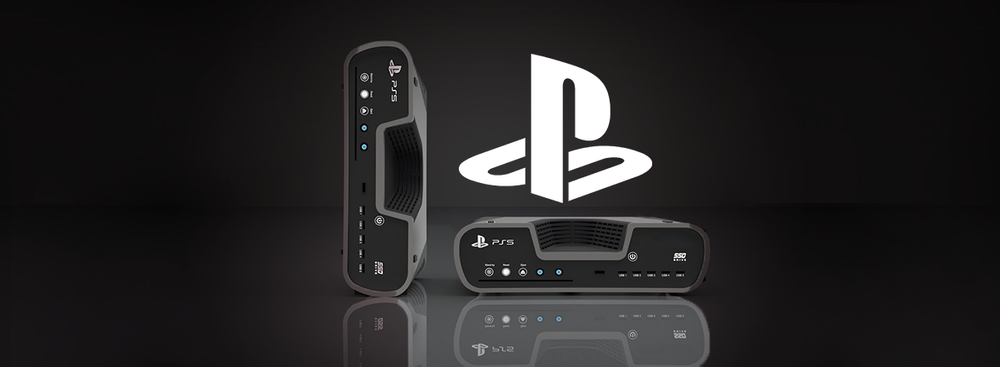As we reported some time ago, the next-generation PlayStation console is said to be released in 2020 during holidays, which is between October and December.
There are some known details about the new PS5 specs. For instance, the console will have an 8-core AMD Zen 2-series processor that can support the PCIe 4.0 standard, an SSD storage with fast loading times, 8K gaming, ray-tracing support, the new DualShock controller, and more.
Moreover, it is expected that the new Sony PlayStation 5 will get a Pro version during its life cycle because Sony is already working on it. The drawback of this news, though, is that we will only able to see it later in a few years, most probably, by the end of 2023. However, there are hardly any more details.
In his recent interview, Executive Vice President of Hardware Engineering and Operation at Sony Interactive Entertainment, Masayasu Ito has said the following:
Indeed, in the past, the cycle for a new platform was 7 to 10 years, but in view of the very rapid development and evolution of technology, it’s really a six to seven year platform cycle. Then we cannot fully catch up with the rapid development of the technology, therefore our thinking is that as far as a platform is concerned for the PS5, it’s a cycle of maybe six to seven years. But doing that, a platform lifecycle, we should be able to change the hardware itself and try to incorporate advancements in technology. That was the thinking behind it, and the test case of that thinking was the PS4 Pro that launched in the midway of the PS4 launch cycle.
The Pro version of the next-generation console may be introduced somewhere in the middle of the console's lifestyle in order to test and incorporate new technology. For the first time, Sony did the same thing with the PlayStation 4 Pro to upgrade the hardware.













